As I mentioned, I just attended the live webinar presented by George Litterst in collaboration with MTNA: Making Sense Out of Digital Scores.
Early in his presentation, George reminds us that “The best way you learn something for yourself is by teaching it to others.” I also tend to focus and learn a lot when I write about it, so I thought I would jot down some notes from the presentation to share with those of you who are interested in learning more about the current state and future of digital scores.
Why Electronic Scores?
We’ve all suffered from the OPBS (Overflowing Piano Bench Syndrome), right? Even my carefully planned system of organization eventually overflowed the file cabinets and I finally had to take drastic measures to reduce my collection of printed music. All of this becomes a non-issue with the use of digital scores, which are all contained in the form of bits (binary integers) on a single mobile device. Along those same lines, an iPad – or similarly-sized device – is easy to transport, and you don’t have to worry about printed scores getting damaged, stained, or yellowed over time.
Mr. Litterst also spent some time discussing various wireless page turning devices and demonstrating how they work via foot pedals. Some move the score up one stave at a time; others flip the top half, then the bottom half of the page; others function more like a full page being manually turned.
He makes a point to let us know that the buttons that supply functionality in many electronic scores are often hidden from view. It’s often necessary to tap or hold your finger on the screen to display additional features and functions. Using the app ForScore Mr. Litterst demonstrates selecting and using an annotation feature to jot down notes directly onto the score.
Drawbacks teachers might experience include unfamiliarity, inability to place stickers on the page, absence of that new book scent, and a smaller size page.
Types and Availability of Electronic Scores
Mr. Litterst continued his webinar with an overview of the types and of electronic scores and where to find them. You can scan them in yourself, converting printed scores to PDF files. You can download them for free from the Internet (IMSLP.org is a fabulous repository of public domain music available for free download!). You can print to PDF from a notation software. You can also purchase and download electronic scores either in PDF or using a proprietary program. He briefly discusses the challenge of organizing electronic scores once downloaded and mentions the app NextPage which allows you to drag and drop files using a computer window (using either iTunes or iMazing for your interface). One of the webinar attendees also recommends the app iMazing for iPad organization.
What to Look for in Electronic Scores

After a discussion of important considerations when acquiring electronic scores, Mr. Litterst goes into the more technical side of things, discussing the advent of Music XML. Music XML is a code designed to be both human-readable and machine-readable. A quick glimpse of the code behind an electronic file reveals lots of familiar terms indicating placement of clefs, symbols, and more. For practical use, a teacher could export an XML file of a composition in Finale, then import it onto an iPad via an app designed to read XML files and allow interaction on the user end. He reminds us that there is no substitute for exploring the options on your own, building familiarity, and determining what works best for you.
It’s truly fascinating to hear about the technology being developed in the music world and consider the possibilities for the future! Thanks to George Litterst for all the time he has spent not only learning and developing these possibilities, but also sharing them with the rest of us!
Mr. Litterst will also be presenting at the 2016 MTNA Conference in San Antonio, TX, so be sure to catch his session there if you want to learn more about this technology!



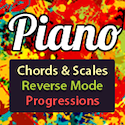
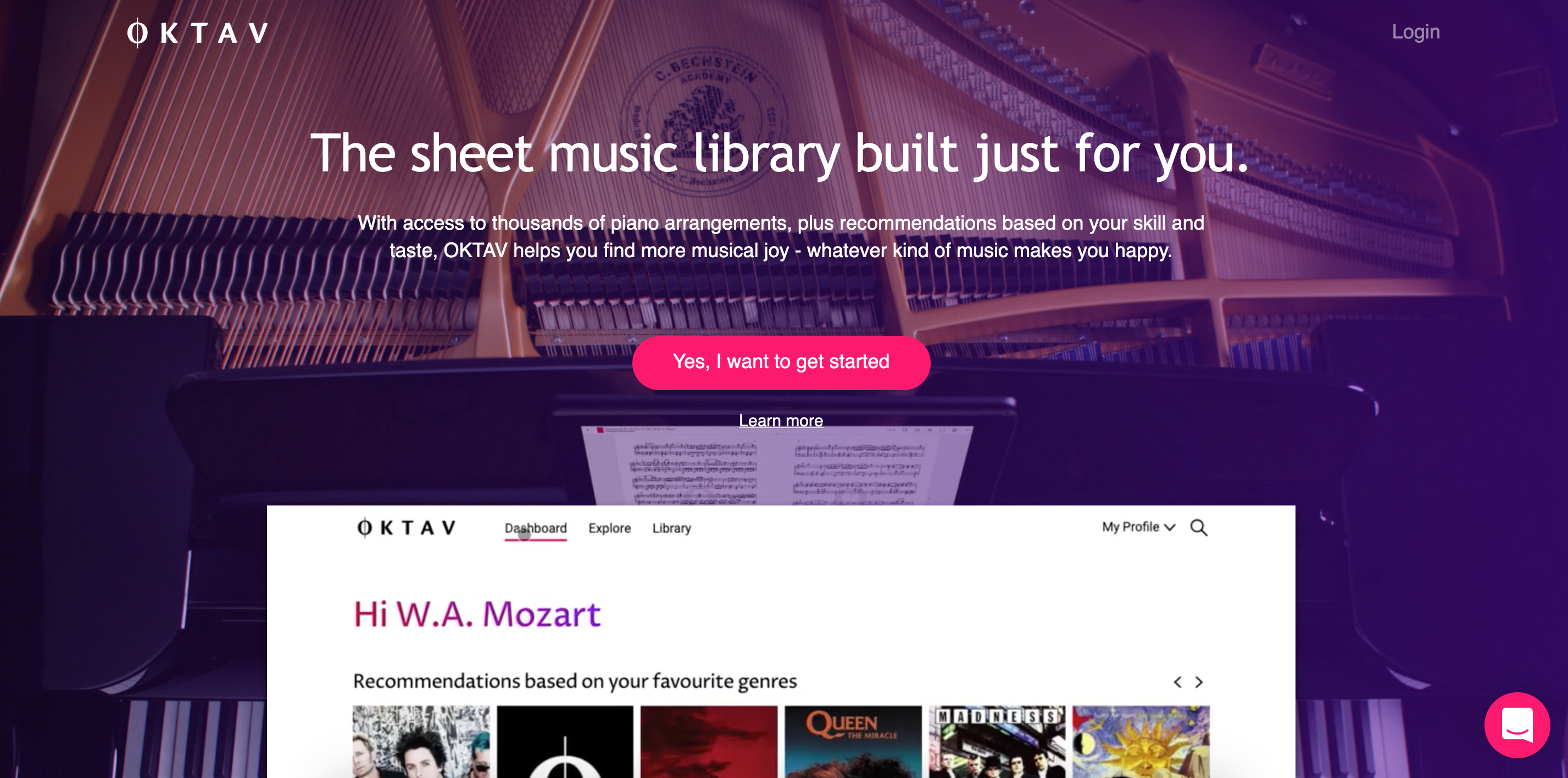

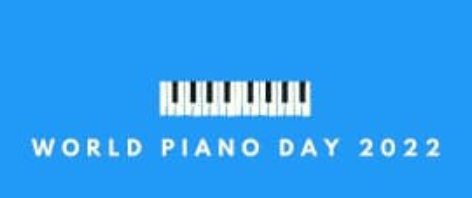
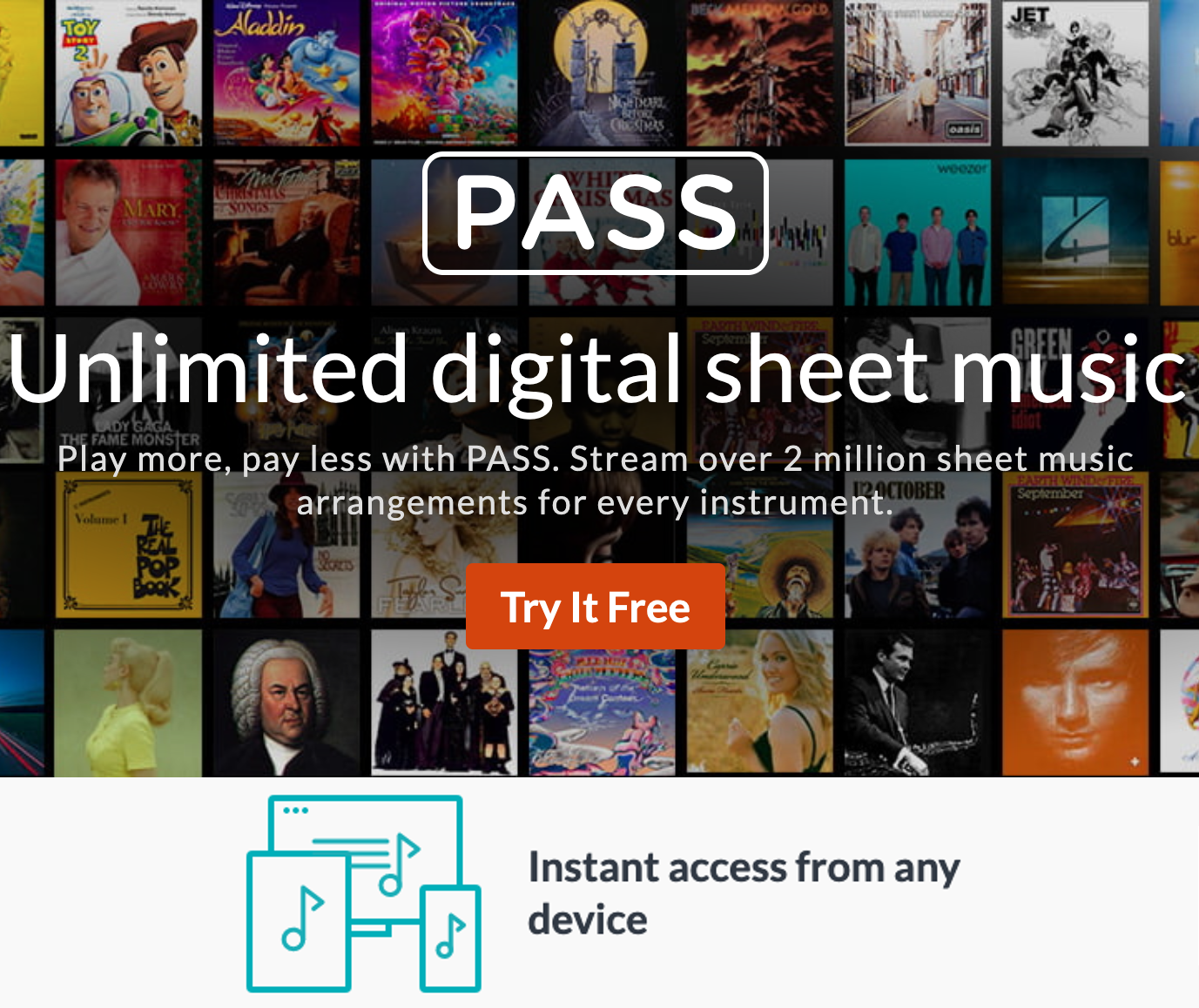


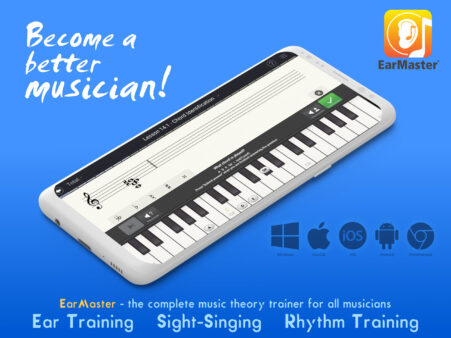
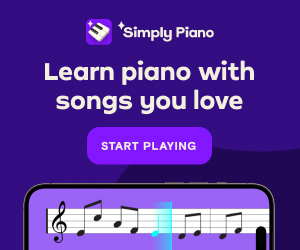


George Litterst says
Thank you for attending and sharing!